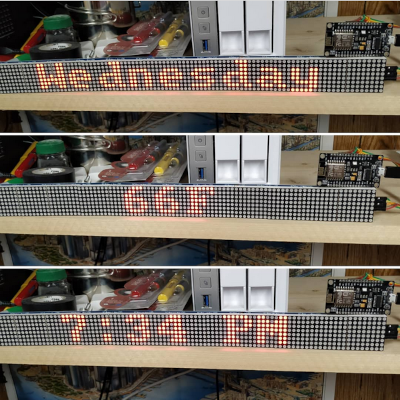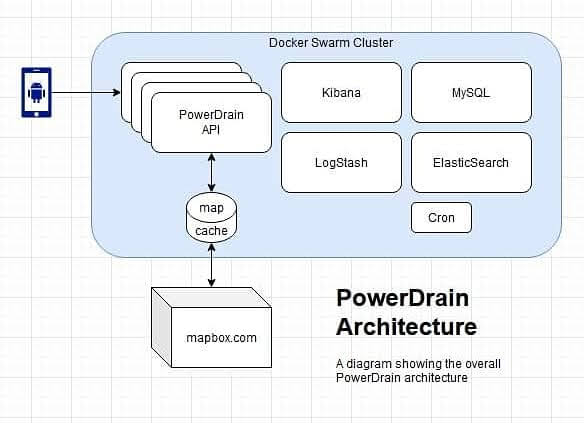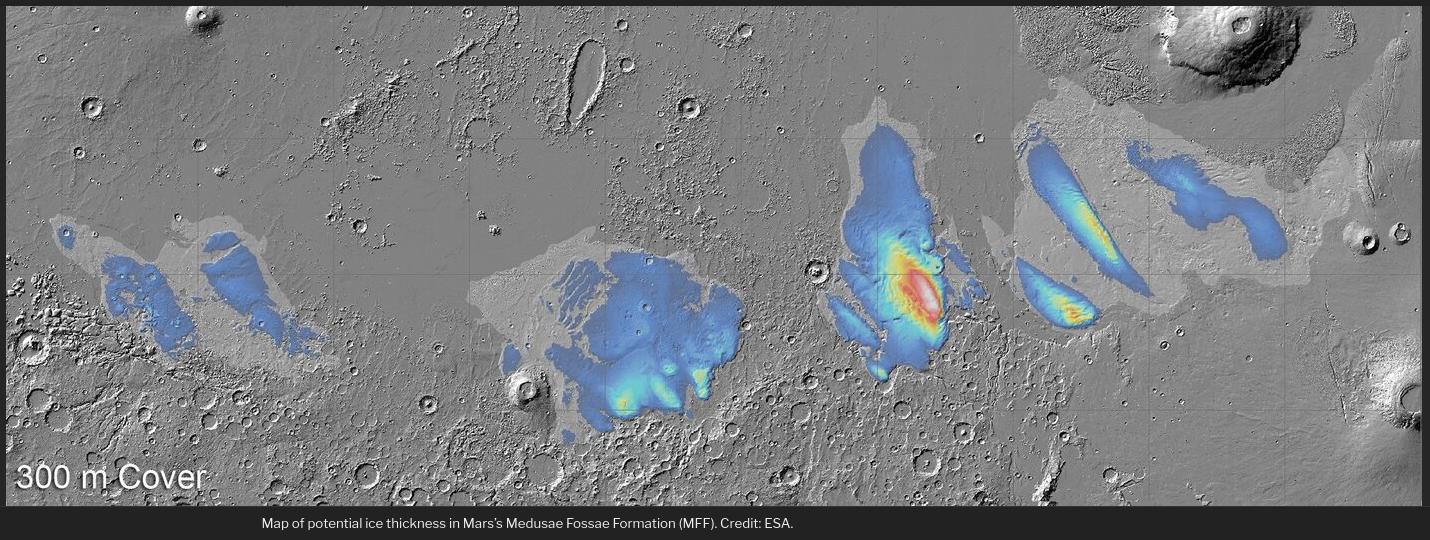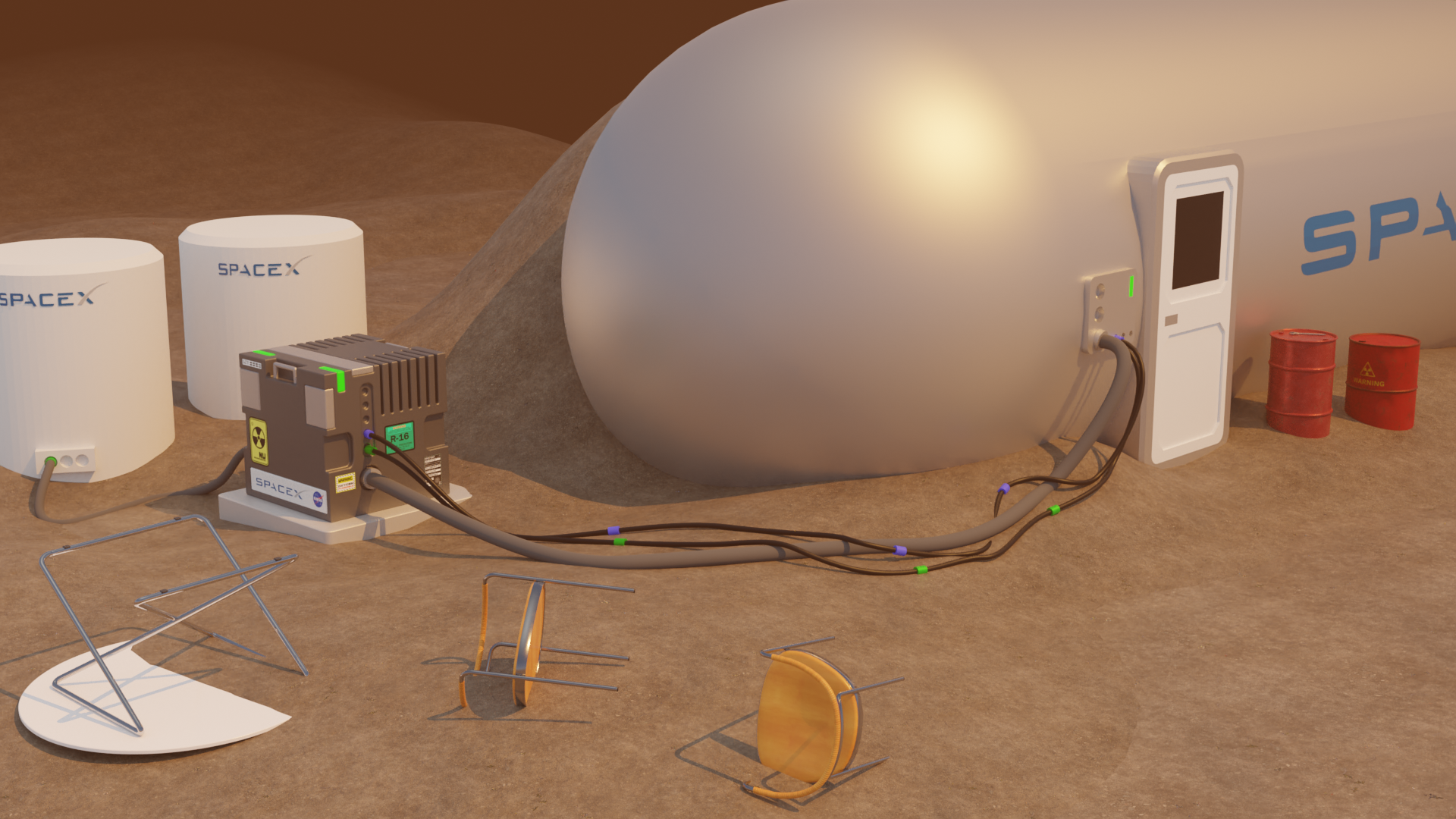Arduino LCD display
Initially built as a etherium/bitcoin ticker

Now a date/time/weather display!

I lost this code, but the device is still running, so … does anyone know of a way to extract the code from a running arduino?
Initially built as a etherium/bitcoin ticker

Now a date/time/weather display!

I lost this code, but the device is still running, so … does anyone know of a way to extract the code from a running arduino?
During the early days of Covid-19 (before everyone was sent home), spurred-on by the popularity of Ingress and the Pokemon Go mobile games, I decided to write my own. I had been tinkering around with Unity and I knew it well enough to start to tinker around with things.
The first version of it was able to track my movement and I grabbed some sample data from Ingress to use as “portals” in the game.

I built a 5-node docker swarm cluster and built the entire back-end using docker containers. I had a staging environment and a production environment (even though I’m only a one-person dev team) but it was pretty good for testing new ideas without interrupting the current version of the game.


I ended up scraping all the Ingress portals in the whole game for the USA and importing them into my game.

This was the look of the ‘final’ product. I put it on the Google Play store for a couple of years and I managed to get a few dozen regular players and testers for me to bounce ideas off of. I moved the back-end into AWS and let it sit for a while.
In the end, I figured that I should take down the server to save money. After a few years, the user activity dropped off and I took the service offline and off the Play Store. :(

Worked pretty well. Grew 3 different Venus Fly Traps in a semi-sealed, high-humidity environment.
I eventually forgot to water the plants for a couple of weeks and they all died almost immediately.
I learned a few lessons. Don’t feed like 30 crickets to just 2 VFT plants. It’s too much. :)
Bought a “ping” (butterwort) which is much more stable and easier to grow. It doesn’t have moving parts, but sticky leaves instead which the bugs stick to. I might end up just growing these instead of VFTs at all.
Bought seeds for lots of different types of meat-eaters and none of them took. I think that I got scammed on Amazon. :(
Disclaimer
I'm a huge space nerd. My father was a EE in the space industry and designed countless circuits for Ball Aerospace and Hughes over his 50+ years in the industry. I grew up with pictures of satellites, the space shuttle and other space stuff all over my house. I (was) a huge Elon Musk fan. I think that he's a (twisted, but) wonderful visionary and I'd still buy a Tesla for every member of my family if I could afford one. I wrote most of this when I was an Elon Musk fan-boy and for the most part, I still love his drive and enthusiasm and his quest to make the world a better place. I don't care for his politics, his treatment of twitter (I used to work at Gnip - acquired by Twitter) and his empty promises and predictions.
I realize that Space X is not just Elon, but made up of thousands of very smart and talented individuals that are not Elon Musk and they're the ones that make Space X really work as well as it does.
All of that being said, I just can't wrap my head around how a permanent Mars colony can ever happen. There are simply too many obstacles. Elon Musk's "1M people on Mars in 10 years" (written in 2020) project was great when I first thought about it, but when I did some initial research, the numbers just don't add up to me (at all - not even close). Assuming power, oxygen, water and food are easy problems to solve (they aren't, but just for fun, let's say they are), the numbers still don't really work out in my opinion.
Whenever I ask anyone from NASA or JPL about a "permanent" Mars colony, all of them (so-far, and I've asked quite a few) shake their heads in disbelief.
Permanent Mars colony talking points and concerns:
basic numbers about the mass of materials needed to be shipped to Mars, and actually getting everything to the red planet
Starship 2.0 (announced summer 2022): increases the cargo capabilities 8x. So, assuming the same numbers as above, this will only require 675 StarShip 2.0 vehicles to bring all of the required resources
The "Supersonic Transition Problem" (or how to slow down from interplanetary speeds to zero considering Mars' thin atmosphere, previously thought not possible with a mass as large as Starship, is now considered possible) https://www.universetoday.com/169697/the-new-mars-landing-approach-how-well-land-large-payloads-on-the-red-planet/ "They found that the shock front ‘bubble’ created around the vehicle by firing the engines somehow insulates the spacecraft from any buffeting, as well as from some of the heating."
power
food
the Biosphere2 experiment ( https://en.wikipedia.org/wiki/Biosphere_2 )
Biosphere2's experiment found that the cement in the building was responsible for creating most of the carbon dioxide. Much of the current plan for creating structures on Mars is to use the Mars soil (regolith) as clay or brick-making material (not plastics). Mars colonies built from the Mars soil would have to compensate or coat any exposed regolith with plastic or something to not allow the leeching of CO2 from the Martian soil bricks.
NOTE: A shorter stay inside of biosphere2 (6 months in 1994, initially meant to run for 10 months) after fixing the CO2 and other issues, also failed but was largely due to political issues (Guess what? Steve Bannon was involved! Very interesting story). This second mission was however, able to become 100% food independent.
differences in gravity (not a big issue, but interesting to talk about)
oxygen (strangely, the easiest problem to solve at scale)
water

radiation (one of the more difficult issues to work to solve)
communication
navigation
GPS doesn't exist on Mars.
Easiest solution is to create a GPS network around Mars.
Musk's rockets depend on technologies like GPS for navigation, automation and landing.
dust
construction / shelter
jobs
trash
human factors and governing
return fuel:
cost
Early 2024: After SpaceX's StarShip2 launch, there's talk of a StarShip v3, which will be even larger. The main reasons are to reduce the number of refueling launches, but larger ships will help with the overall "getting tons of mass to Mars" issue in general.

My rendition of what reality would be like for the first family/team sent to Mars. Not quite as glorious as people are imagining.
